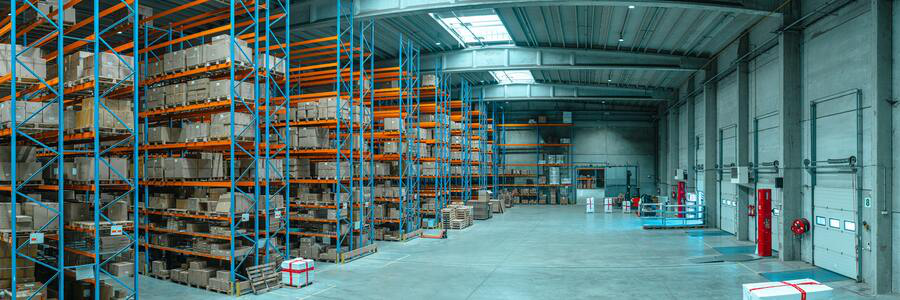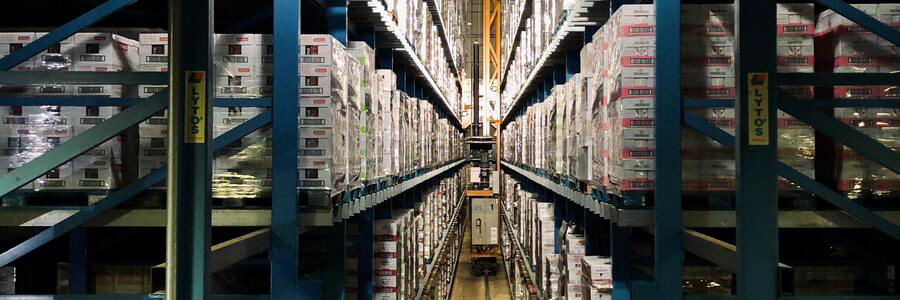Improve Supply Chain Efficiency
After the years where COVID-19 changed everyone’s life, improve supply chain efficiency is something that companies have to do to reduce the impact of the consequences, as well as ensure the safety of their employees and, at the same time, the operational growth of their business.
Modern supply chains are extensive and complicated, often fraught with challenges. Navigating these challenges can seem daunting, but success can bring improved supply chain efficiency and all the benefits that come with it.

5 Management Tips for Supply Chain Improvement
Here are 5 administration tips to help you maximize your efficiency in the supply chain, logistics providers, and in-house team performance.
- Create transparency on multiple-tiered supply chains: determine the origin of the supply and look to alternate sources if they are in severely impacted areas. Know your suppliers suppliers’ efficiency in the supply chain.
- Optimize production and distribution capacity: determine the impact on operations and resources (workforce), safety, and communication with your employees.
- Determine realistic demand from the customer: working with sales and operations, planning request and required supply; market databases (insights/external) to get an estimate for the customer’s customer. What is the capacity to satisfy a sudden increase or decrease in demand? Will there be a change in direction?
- Estimate the available inventory: gauge your inventory along your value chain, including spare parts and re-manufactured stock. Keep production running by using after-sales stock as a bridge. Determine how many lists of spare parts and components are available with suppliers and distributors.
- Analyze and capture logistics capacity: determine available capacity; quicken customs clearance; adjust transportation given current exposure. Long-term contracts will help secure accommodation in the supply chain and benefit the manufacturer and the supplier. Securing long-term contracts will help control costs and enable priority access to logistics.
- Maintain cash and net working capital: discern when supply issues will start to stress financial or liquidity issues by running supply-chain stress tests vs. suppliers’ balance sheets.

Why Do Companies Have to Improve The Efficiency of Their Supply Chain?
You must design a robust supply chain for the future. Processes created during this period of crisis should be entered into the official documentation. This record should also be a permanent guideline for future vulnerable situations. By doing this, your supply chain will have greater resilience.
Improve supply chain efficiency via digitizing your supply chain management with SAP Business One will increase supply-risk management’s speed, accuracy, and flexibility.
This will also enhance capabilities in predicting risks, achieving higher visibility and planning along the supply chain, and fixing any issues that emerge from the complexity of a growing product after the crisis. When the problem is over, your business must look at the vulnerabilities and shocks that exposed the supply chain as much as COVID-19.
Doing this will expose optimal chances to review the integrity of critical opportunities that reveal instability when individual items may appear intense.

Support One and The Supply Chain Effectiveness
Let Support One help you understand intelligent technology and how to improve supply chain efficiency. Supply Chain Professionals will see they need deeper visibility and teamwork to overcome any disruptions. By acting today and in the months ahead, your company will come out of this crisis better equipped for the next one.
We strongly recommend trying out SAP Business One. This ERP software is easily one of the best and offers an unparalleled sense of control. In addition, our system easily integrates with other platforms with industry-standard APIs and can increase profits in multiple departments within the organization.
Why not jump right in and try an ERP software out for yourself? You’ll be pleasantly surprised at the number of benefits it can offer you! For information on the solutions Support One offers, contact us today to get a free estimate.










